How to Potty Train a Cat WITHOUG a Litter Box (Just Do This!)
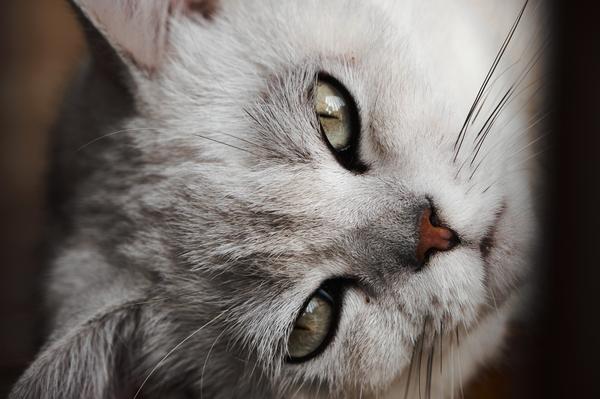
So, you're determined to find a litter box alternative for your cat.
Traditional methods just aren't cutting it, and you're ready for a change.
I feel ya, I've been there too. 😫
It can be frustrating, can't it?
Dealing with the mess, the constant cleaning, the smell...it's enough to drive anyone crazy.
But fear not, because today I have the ultimate guide for you.
I'm going to show you exactly how to potty train your cat without a litter box.
Trust me, you won't want to miss this.
Let's get started right now!
Understanding the Benefits of Potty Training Cats Without a Litter Box
Potty training cats without a litter box offers advantages such as preventing aversion towards traditional boxes, minimizing litter box drama, and allowing cats to establish their territory. However, you ought to consider health risks, potential challenges in detecting medical issues, and the impact on wildlife and the environment.
Discovering the Advantages of Potty Training Cats without a Litter Box
Potty training cats without a litter box can bring you some serious benefits, my friend.
Firstly, it helps eliminate the risk of your cat developing aversion towards traditional litter boxes.
We all know how quickly they can become fed up with them.
But by exploring alternative methods, you can make sure your cat stays content and prevent any litter box drama.
Now, let's discuss outdoor access.
When considering potty training without a litter box, you need to weigh the health risks and advantages.
It might not always be ideal to go against a cat's instincts.
What's more, it can negatively affect wildlife thriving in the great outdoors.
And spotting any potential medical issues early might pose a challenge, my friend.
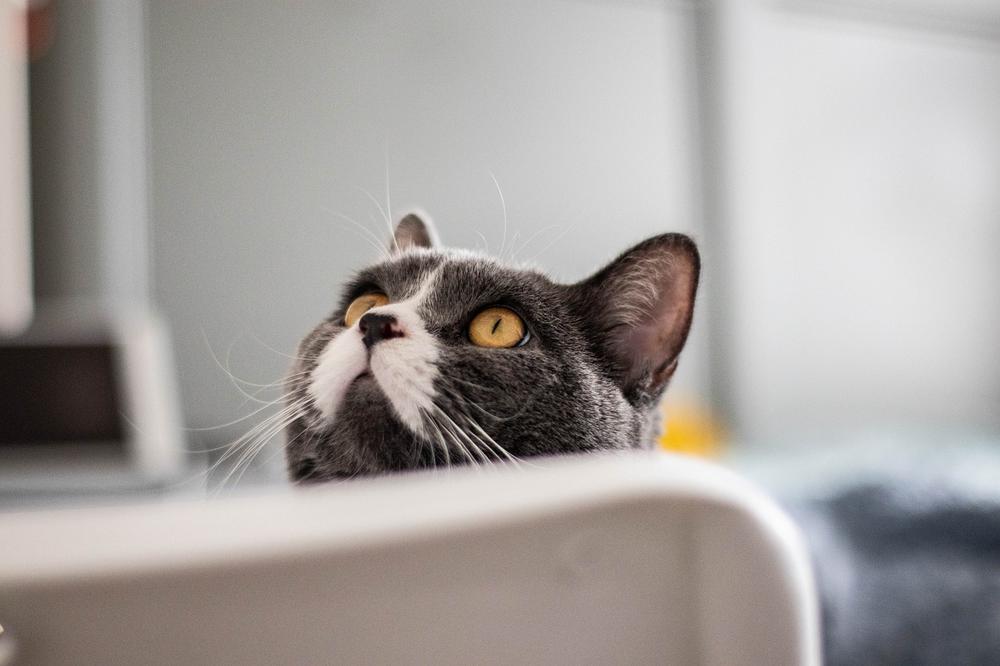
But hold on now, don't discard that litter box just yet!
You still need at least one indoor litter box.
It allows your cat to establish their territory without inviting the whole neighborhood inside.
Besides, cleaning it regularly is crucial for responsible cat ownership.
Embarking on this potty training journey requires discipline and time, let's face it:
Going litter-free isn't as simple as pie.
In fact, it can cause some psychological distress for your cat.
And we mustn't forget about the environment...
Harmful substances from litter can wreak havoc in nature.
So, before bidding farewell to the litter box forever, carefully consider what's best for your furry companion and Mother Earth.
Proceed cautiously through these alternatives, dear reader, and make informed choices for your feline friend.
Main points I'll expand upon further down this article:
- Prepare your cat for potty training to avoid anxiety or depression.
- Have at least one indoor litter box, even with outdoor training.
- Create designated potty areas and let your cat observe others.
- Consider adopting a cat on a trial basis or fostering.
- Use cat door inserts or attach cat doors for outside access.
- Use a small cardboard box with sawdust or shredded newspaper as a temporary solution.
- Choose fine particle litters for your cat, but note age limitations.
- Transition gradually from a litter box to a toilet.
- Keep in mind that toilet training may not work for all cats.
- Prioritize your cat's comfort and consider alternatives like rolling litter boxes.
Preparing Your Cat for Potty Training
Gradually introduce your cat to potty training
Potty training for cats is a breeze, my friend.
It's way easier than teaching a toddler.
Here's what you gotta do:
Make a small litter box next to the current one.
Let your cat get used to it gradually.
Once your cat gets comfortable, switch out the old litter box with the new one.
Your cat will take to it like a natural!
Prepare your cat for potty training
Now, I know what you're thinking.
Why would a cat need potty training?
Well, let me tell you.
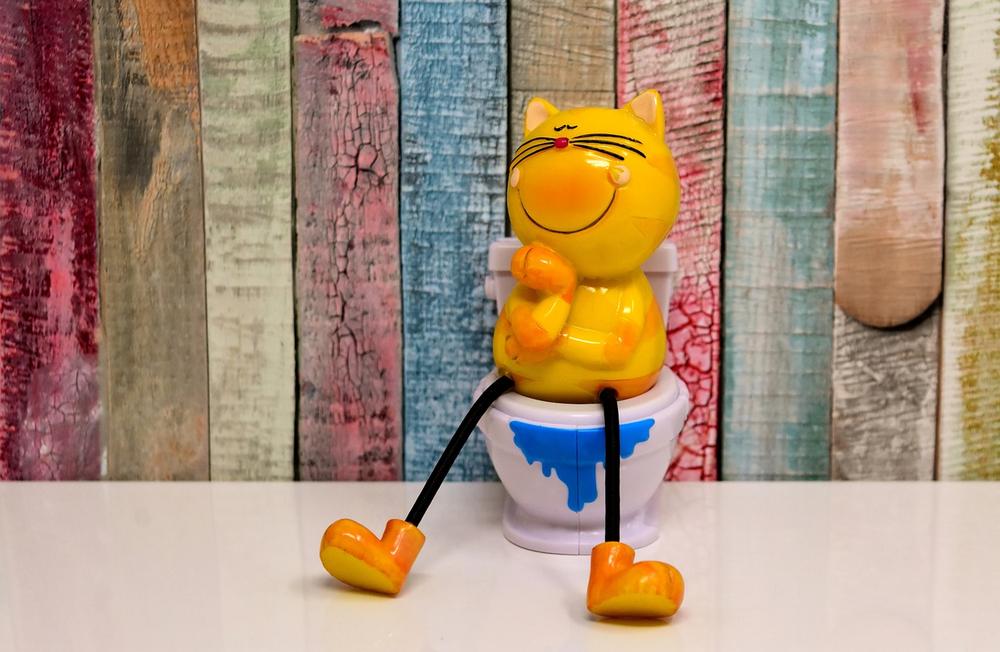
Sometimes, domesticated cats can feel down or anxious when they have to leave home.
To help them through this, have at least one indoor litter box even if you plan on training them to go outside.
It'll make them feel secure during the transition.
Consider keeping your cat indoors
Listen, it's your call how you wanna live, but hear me out.
In general, it's safer and healthier for your cat to stay indoors.
When they're inside, they're protected from traffic, diseases, and fights with other animals.
But let's say you decide to let your furball explore outdoors. Then, create specific areas for them to do their business outside. They'll see other cats using those spots and learn by example.
Just keep an eye on them while they're having outdoor bathroom time.
Oh, and here's something else.
If you're looking to adopt a cat, many shelters offer trial periods or foster programs to see if you two click.
So take advantage of that chance and find yourself the perfect feline companion!
And now, let me share with you some alternative methods of potty training a cat without using a traditional litter box!
Choosing the Right Toilet Training Method for Your Cat
When it comes to getting your cat to use the toilet, here are some options for you:
- You can get a specialized toilet training kit that lets your cat take things at their own pace.
- If you prefer a more traditional approach, teach your cat to use a litter box outside.
- Some cats can skip the litter box altogether and be trained to go straight to the toilet.
- To give your cat easy access to the outdoors, consider installing cat doors on doors or walls.
- If you find yourself without a litter box, a small cardboard box with sawdust or shredded newspaper can work as a temporary solution.
- When choosing litter, go for fine particles, but keep in mind that older cats or young kittens may not be ready for toilet training.
- Remember, not all cats are comfortable with outdoor potty training. Respect their preferences and don't push them if they're not confident.
Always remember that every cat is different, so what works for one might not work for another.
Watch your cat's behavior closely and consult a vet if needed. ✨
And don't worry, if you're curious about why your cat has a tendency to sit in the bathtub, I've got you covered.
In my article, Why Does My Cat Sit in the Bathtub, you'll find possible explanations and insights to satisfy your curiosity.
Gradually Transitioning Your Cat from Litter Box to Toilet
When it comes to transitioning your cat from a litter box to a toilet, you need to take it slow.

Here are some tips that will help make the process go smoothly:
- Start by moving the litter box closer to the bathroom. Place it just outside the door and gradually move it closer over the course of several days. This will help your cat associate the litter box with the bathroom.
- Cover the litter box with litter. Start off by covering the box completely with litter, then gradually reduce the amount of litter over time. This will help your cat become familiar with the sensation of scratching and digging in litter on the toilet seat.
- Prioritize your cat's comfort. Don't force them into the bathroom or rush the process. It's important for your cat to feel safe and at ease during the transition. If they resist or show signs of stress, give them more time before continuing.
- Ensure easy access to their bathroom. Whether it's through a cat door or indoor litter box, your cat needs regular and convenient access to their bathroom. This will help prevent accidents and encourage them to use the toilet when needed.
This process can take up to 6 weeks and may not be successful for every cat.
But with patience and consistency, you can gradually train your cat to use the toilet instead of a litter box. 😺
Using a Toilet Seat Insert for Cat Potty Training
Using a toilet seat insert for potty training your cat is a smart move.
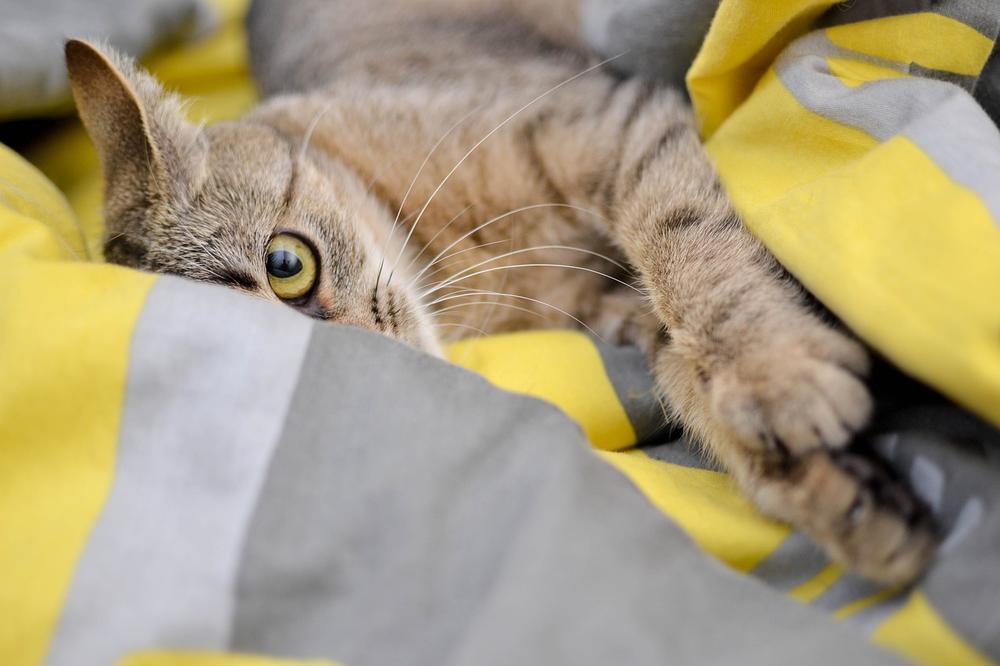
Let me tell you why:
- Get a basic toilet seat insert that can be adjusted to fit your cat's size. This way, they'll feel comfy and safe while learning the ropes.
- Cats need agility to jump onto the toilet seat, but as they age, it gets harder. To help older cats with mobility issues, get a toilet seat insert with stairs or a ramp.
- Here's the thing: toilets aren't made for felines. Some cats may struggle with the height of the seat, especially if they have short legs or joint troubles. Look for an insert that lowers the seat's height for easier access.
- Want to ease the transition without the mess? Consider getting a toilet seat insert with built-in litter trays. Your cat can keep using litter until they're fully trained.
With a toilet seat insert, potty training will be a piece of cake for both you and your cat.
Go for it!
Teaching Your Cat to Use the Toilet
Instead of training a cat to use the toilet, you can try using a treat-dispensing device placed inside the toilet bowl.
This method helps create a positive association between your cat and eliminating in the right place.
However, it's not advisable to train cats to use the toilet for their bathroom needs.
Cats are instinctively inclined to dig before they eliminate, which is difficult or impossible for them to do in a toilet. So, stick with more natural alternatives like litter boxes that cater to a cat's instincts and provide them a suitable space for their business.
Troubleshooting Common Issues During Toilet Training
Toilet training can sometimes be a challenging process for cat owners.
So, if you find that your cat is hesitant or anxious about using the bathroom, don't fret!
There are some simple solutions to help ease their transition into this new routine.
- Consider using calming pheromone diffusers in the bathroom to create a relaxed atmosphere for your cat. This can help reduce any anxiety they may feel.
- Opt for litter boxes that sift through the litter automatically, eliminating the need for daily scooping. This provides convenience for both you and your cat.
- Your cat's comfort should always be a priority during toilet training. Take note of any signs of discomfort and adjust accordingly.
- Instead of flushing your cat's urine, which can remove potential health evidence, explore other options like absorbing pads or biodegradable litter.
- When handling cat feces, it's important to wear gloves and practice proper hygiene due to the presence of parasites.
- If your cat will be using a neighbor's garden as part of their toileting routine, it's essential to discuss your plans with them beforehand.
- Seeking advice from a veterinarian regarding litter options and odor reduction can greatly benefit the toilet training process.
- For those picky cats out there, try using rolling litter boxes as an alternative to traditional scooping.
Toilet training takes time and patience.
By following these tips and providing a comfortable environment, your cat will adapt to their new routine eventually.
But what if your cat has trouble adjusting to using the toilet?
Don't worry, there are some solutions I have in mind for you!
Maintaining Your Cat's Toilet Training Success
For maintaining your cat's toilet training success, here are some key points to remember:
- Gradually reduce the water depth in the toilet bowl as your cat ages and might find it uncomfortable to jump onto a higher surface.
- Ensure that your cat has regular access to their "restroom" by providing outside access or keeping a litter box indoors. Not having a litter box can result in poop and pee accidents all over the house and an unpleasant odor.
- Regularly scoop the litter box to maintain cleanliness. If you want to minimize odor and eliminate the need for scooping, consider using automatic litter boxes.
- Constructing an outdoor catio is a safe option for bathroom breaks in the fresh air, but flushing cat waste can spread toxoplasmosis to wildlife.
- It's best to have both outdoor litter training and at least one litter box inside the house. This will make your home feel like home to your cat and protect against any uninvited guests.
And one more thing worth mentioning:
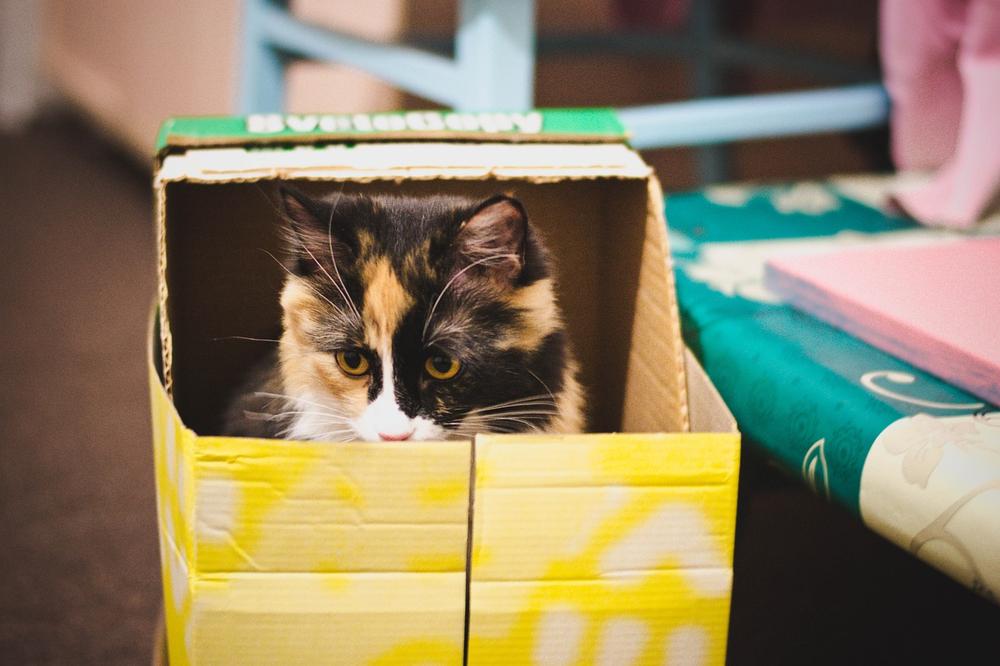
Cat poop generally doesn't smell as bad as dog poop if the litter box is kept clean.
The good news is that cleaning the litter box usually takes less than five minutes daily for many cat owners.
Understanding and meeting your cat's potty needs will help maintain their toilet training success!
And that wraps up today's article.
If you wish to read more of my useful articles, I recommend you check out some of these: Do Cats Eat Their Own Poop, Why Does My Cat Purr and Bite Me, Stray Cat Meowing Loudly at Night, and Why Do Cats Knock Over Their Food Bowls
Talk soon,
-Sarah Davis